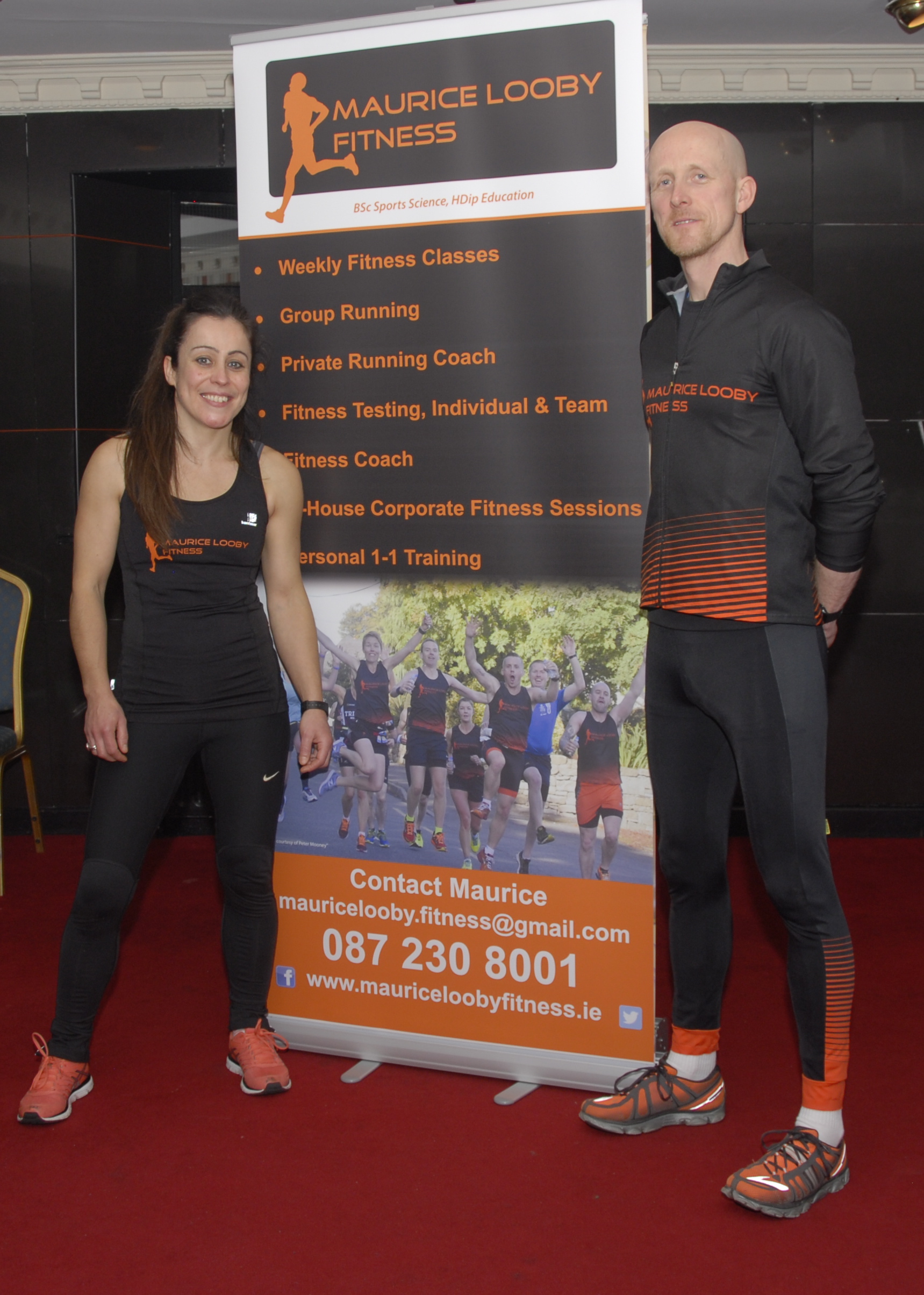What exactly IS the core?

When the word “core” is mentioned many people might may be be forgiven for thinking of an apple core or the Earths core. It’s now one of these exercise terms that gets bandied around a lot. What exactly IS the core?
From an exercise and strength point of view, the core is generally regarded as the area of the body from the bottom ribs down to the top of the thighs – front and back. This includes the stomach, lower back, and pelvic muscles.
The core is used to stabilise the thorax and pelvis during dynamic movement, holding the body still do the legs and arms can move more effectively.
Core muscles are especially important for childbirth and continence – both bladder AND bowel (IBS sufferers take note). The core determines, to a large extent, a persons posture.
Core muscles align the spine, ribs and pelvis to resist a specific force. Examples are running, jumping, lifting. This has obvious implications for those involved in sport.
Core strength training is one of the “hottest” topics to hit the field of strength training in recent years. Nearly all our daily movements activate the core – sitting, standing, bending, picking things up.
The core is the centre of power of the body, so the stronger your core, the more physically comfortable your life will be. Conversely, a weak core can result in a host of problems.
Central to the core are the four abdominal muscles: recurs abdominis (the ‘six pack’), internal obliques, external obliques, and transversus abdominis (TVA).
The TVA is the deepest of the abs, lying under the six pack. Weaknesses in this muscle can be the root cause of many injuries in sports people. In order to really time the six pack, the TVS must be exercised. The TVA helps to pull in the gut, hence its nickname, the corset muscle. It involuntarily contracts during many lifts and is the bodies natural weight-lifting belt, stabilising the pelvis during movements. Weaknesses in the TVA can, therefore, lead to lower back problems.
ADVANTAGES OF A STRONG CORE
Can prevent lower back pain
Improves functional movement
Improves posture
Enhances balance and stability
Greatly reduces chances of injury
Improves sports performance
Core exercises include lungs, squats, deadlifts, planks, dead bugs, and back extensions.
NB:- when lifting, lunging or squatting, tense the abs, bend the legs, stick the backside out, and keep your back as straight as you can!